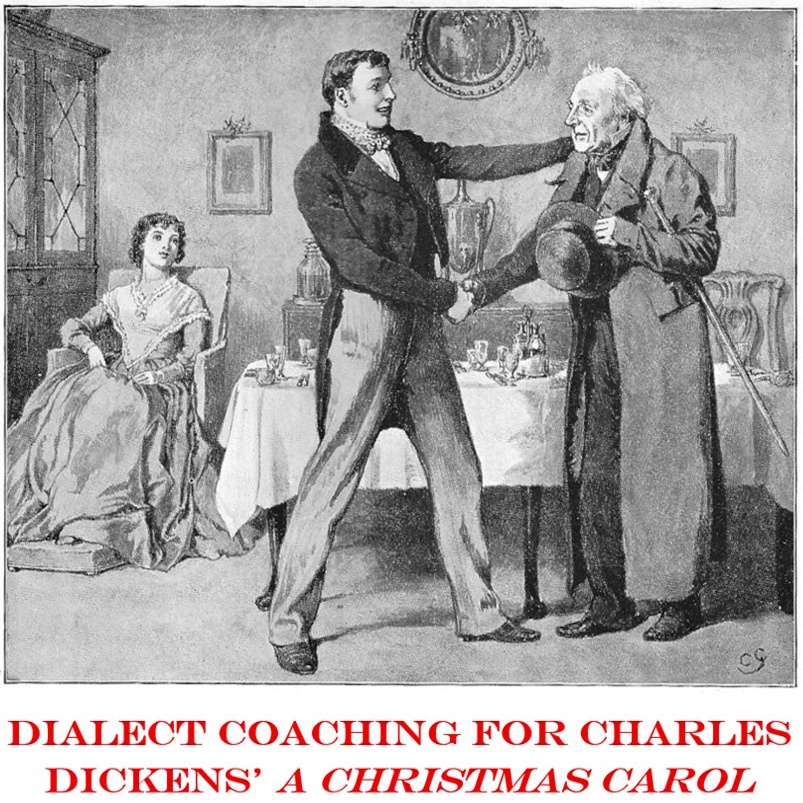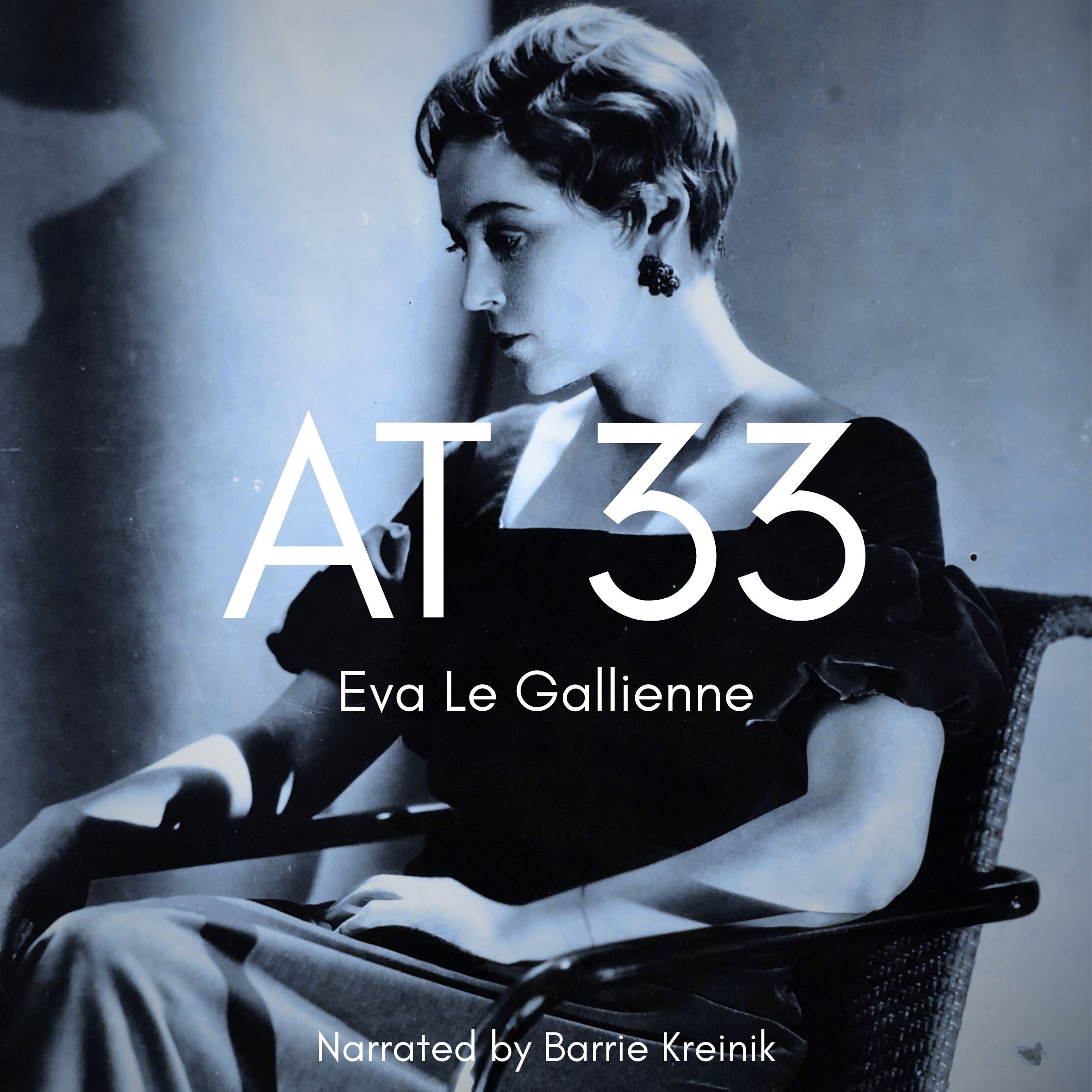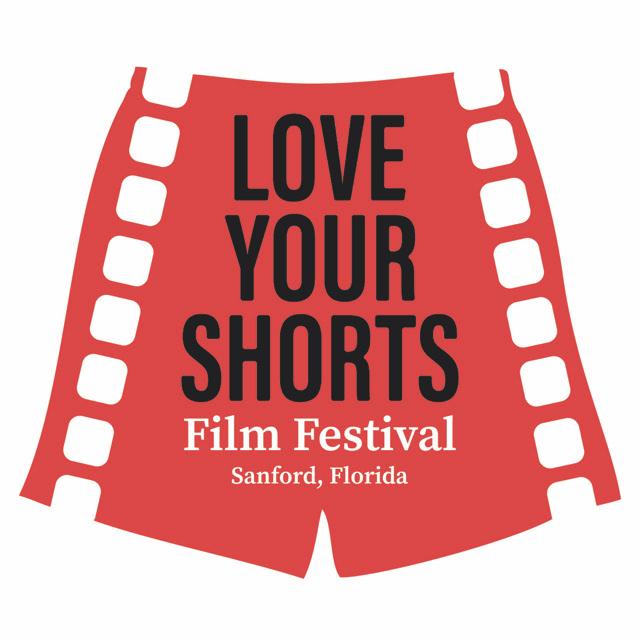Latvia 1/Russia 6
Listen to Latvia 1 / Russia 6, a 62-year-old woman Riga, Latvia. Click or tap the triangle-shaped play button to hear the subject.
Both as a courtesy and to comply with copyright law, please remember to credit IDEA for direct or indirect use of samples. IDEA is a free resource; please consider supporting us.
Please note: This subject is catalogued as from both Latvia and Russia for several reasons: Latvia was part of Russia when she lived there, she was born in Ukraine, and she is ethnically part-Russian. Latvia gained independence from the Soviet Union in 1991, long after this subject moved to the United States.
BIOGRAPHICAL INFORMATION
AGE: 62
DATE OF BIRTH (DD/MM/YYYY): 08/05/1946
PLACE OF BIRTH: Chernivets’ka, Odessa, Ukraine, but raised in Latvia
GENDER: female
ETHNICITY: Russian/Latvian/white
OCCUPATION: medical technologist
EDUCATION: university degree
AREA(S) OF RESIDENCE OUTSIDE REPRESENTATIVE REGION FOR LONGER THAN SIX MONTHS:
The subject was born in Ukraine. She and her family moved to Riga, Latvia, when she was quite young (when it was part of the Soviet Union). In her late twenties, she emigrated to the United States, first to Cincinnati and later to Kansas City.
OTHER INFLUENCES ON SPEECH:
Subject was bi-lingual in Latvian and Russian from an early age, and had a smattering of Yiddish.
The text used in our recordings of scripted speech can be found by clicking here.
RECORDED BY: Paul Meier
DATE OF RECORDING (DD/MM/YYYY): 03/2002
PHONETIC TRANSCRIPTION OF SCRIPTED SPEECH: N/A
TRANSCRIBED BY: N/A
DATE OF TRANSCRIPTION (DD/MM/YYYY): N/A
ORTHOGRAPHIC TRANSCRIPTION OF UNSCRIPTED SPEECH:
I was born in May 8th, 1946, in Ukraine, city of Chernivets’ka. And, um, when I was a year old my parents moved to Riga, Latvia, where I spent another twenty-eight years, and, um, I went to, I got my bachelor degree in science; it was med, like pre-med. And I came to United States when I was almost, no, I was 29 years old, I came with a five years old son. And, um, I used to live in Cincinnati, Ohio, and then I have met my husband and we got married and I moved to Kansas City, and I had another son. I spoke Latvian; it was a necessity, not by my choice but I think it was OK; it wasn’t really fluent, but it was good for, for my job and, um, I could communicate with people. Not as good as my Russian was. And, um, I also understood a little bit of Yiddish, it was necessary because I had to know what my parents were talking about. And, um, I think that’s all languages, and I took English of course when I was in school, um, but it wasn’t very much; it really helped me a lot when I came because at least I know like few hundred words to begin with, you know. I didn’t know how to put them together but …
TRANSCRIBED BY: Karina Lemmer
DATE OF TRANSCRIPTION (DD/MM/YYYY): 25/04/2008
PHONETIC TRANSCRIPTION OF UNSCRIPTED SPEECH: N/A
TRANSCRIBED BY: N/A
DATE OF TRANSCRIPTION (DD/MM/YYYY): N/A
SCHOLARLY COMMENTARY:
While her English is fluent, there is still a strong accent to be detected, even after more than twenty years of residence in the United States. Note the velarized “L,” the plosive “th” and the devoicing of final voiced consonants. She is married to Russia 7.
If you are a dialect researcher, or an actor using this sample to develop your skill in the accent, please see my instruction manual at www.paulmeier.com. As the speaker in this sample is a unique individual, it is highly unlikely that she will conform to my analysis in every detail. But you will find it interesting and instructive to notice which of my “signature sounds” and “additional features” (always suggested only as commonly heard features of the accent) are widely used by most speakers of the accent, and which are subject to variation from individual to individual.
COMMENTARY BY: Paul Meier
DATE OF COMMENTARY (DD/MM/YYYY): 03/2002 (amended 13/11/2016)
The archive provides:
- Recordings of accent/dialect speakers from the region you select.
- Text of the speakers’ biographical details.
- Scholarly commentary and analysis in some cases.
- In most cases, an orthographic transcription of the speakers’ unscripted speech. In a small number of cases, you will also find a narrow phonetic transcription of the sample (see Phonetic Transcriptions for a complete list). The recordings average four minutes in length and feature both the reading of one of two standard passages, and some unscripted speech. The two passages are Comma Gets a Cure (currently our standard passage) and The Rainbow Passage (used in our earliest recordings).
For instructional materials or coaching in the accents and dialects represented here, please go to Other Dialect Services.
 IDEA: International Dialects of English Archive
IDEA: International Dialects of English Archive




